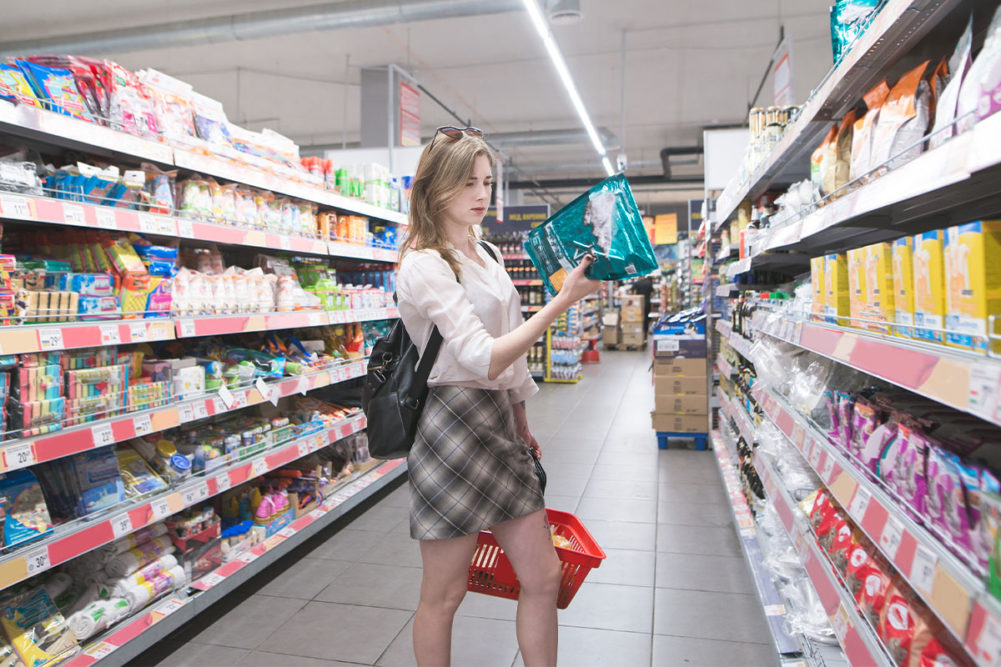The American Pet Products Association (APPA) recently released its “APPA Pulse Study: Pet Ownership In The Current Economy, Vol. 9,” detailing that consumer concerns about the state of the US economy remained steady in December 2022 compared to September 2022, but impacts of increased gas prices and food/grocery prices are beginning to decline and level off.
“Attitudes about the current economy may be leveling off but it is too early to say how the pet industry will be impacted by changes in pet product purchasing,” the APPA reported in the study.
Regarding the economy, 59% of pet parents believe the economy will worsen in the coming year, down from 60% in September 2022. Possibilities of a recession are still plaguing pet owners with 69% of respondents fearing a recession, an attitude that has remained steady since September. However, only 60% of pet parents are worried about their own personal finances for the next year, down from 64% in September.
 Source: The American Pet Products Association
Source: The American Pet Products Association
To further gauge how the economy is impacting the discretionary nature of pet products, APPA added new statements to its report. For example, 60% of pet owners agree they are spending less on discretionary pet products compared to a year ago.
Rising gas prices are impacting pet parents less and less. Forty-eight percent reported they had been greatly impacted by increased prices, down from 53% in September, and 14% claimed to not have been impacted at all in December, up from 12% in September.
Negative impacts of rising food and grocery prices are also declining. In December, 53% of pet owners reported they had been greatly impacted by increased food/grocery prices, down slightly from 54% in September, and 9% reported to not have been impacted at all, up from 8% in September.
Though the impact of price increases is declining, consumers remain concerned about the supply chain and labor issues. Forty-one percent of respondents agreed with the statement “Given current supply chain and staffing issues, I am concerned I may not be able to get the pet care products I need for my pet,” an increase from 36% in September.
Due to continued economic strain, one-fifth to one-quarter of pet parents reported decreasing their spending on pet toys, grooming supplies and other pet supplies, while only 7% of pet parents spent less on pet food. Pet owners are more likely to cut costs on pet treats and supplies before reducing their spending on pet food, demonstrating the non-discretionary nature of pet food products for consumers.
In the future, 41% of pet parents plan to spend less on pet supplies, 34% plan to spend less on treats and only 26% plan to spend less on food.
Though pet food remains a necessity for today’s pet owners, an increasing number of consumers are approaching their limit. For example, 32% of pet parents agreed that they could not afford to spend any more money on pet food.
Regarding their spending habits from September to December 2022, 16% of pet owners switched brands of pet food and 14% switched treat brands to help save money. Pet food holds the largest percentage (48%) of pet parents who reported spending more than they did three months ago, with 77% claiming to have witnessed increases in the cost of pet food. Forty-three percent claimed they spent more on vitamins/supplements, 40% spend more on treats, and 43% spend more on medications in the three-month period.
In-person purchasing methods remained the most popular in December, with 66% of consumers purchasing pet food in-person at a brick-and-mortar location. Only 15% utilized online direct-to-consumer delivery methods for pet food and treat purchases in December. Roughly 19% of pet owners opted to purchase pet food online and pick up in-store or curbside, while 21% chose these omnichannel methods for treat purchases. The most apparent change in purchasing methods was seen in pet treats and vitamins/supplements, whereas pet food remained relatively the same compared to September.
 Source: The American Pet Products Association
Source: The American Pet Products Association
Fifteen percent of pet parents purchased treats online and had them directly delivered to their homes in December, compared to 17% in September; 9% purchased treats online but picked them up in-store, up from 5% in September; and 64% purchased treats in-store, down from 66% in September.
Twenty-one percent of pet owners purchased pet vitamins/supplements online and had them directly delivered in December, down from 24% in September; 18% purchased vitamins/supplements online and picked them up curbside, up from 14% in September; and in-person purchasing of vitamins/supplements increased slightly to 53% in December.
If the economy continues to worsen, 64% of pet parents claimed their pet food purchases would not change and 17% would spend less. For treats, 50% reported their purchases would remain the same and 33% said they would spend less. For vitamins/supplements, 50% of pet parents reported their purchases would not change and 27% reported they would spend less.
Overall, pet parents are more likely to decrease their purchasing of pet toys, grooming and other pet supplies rather than decrease their purchasing of pet food if the economy worsens.
Read our summary of APPA’s previous COVID-19 Pulse Study from September 2022 here.
Keep up with the latest pet food trends on our Trends page.



